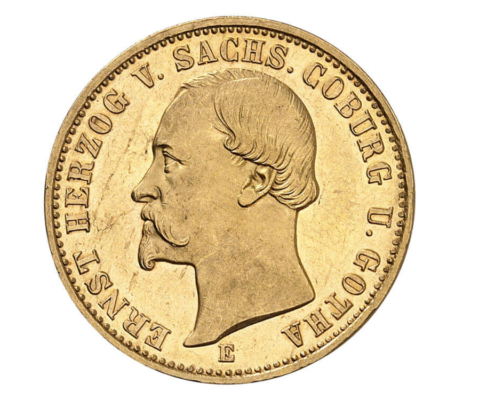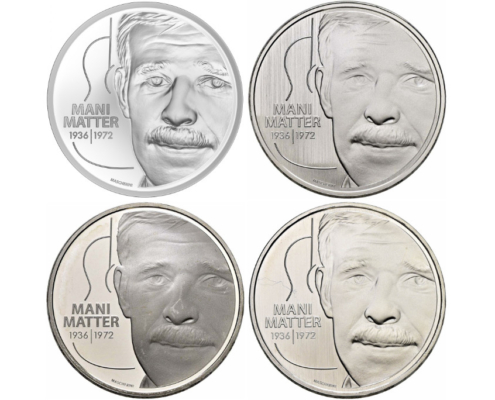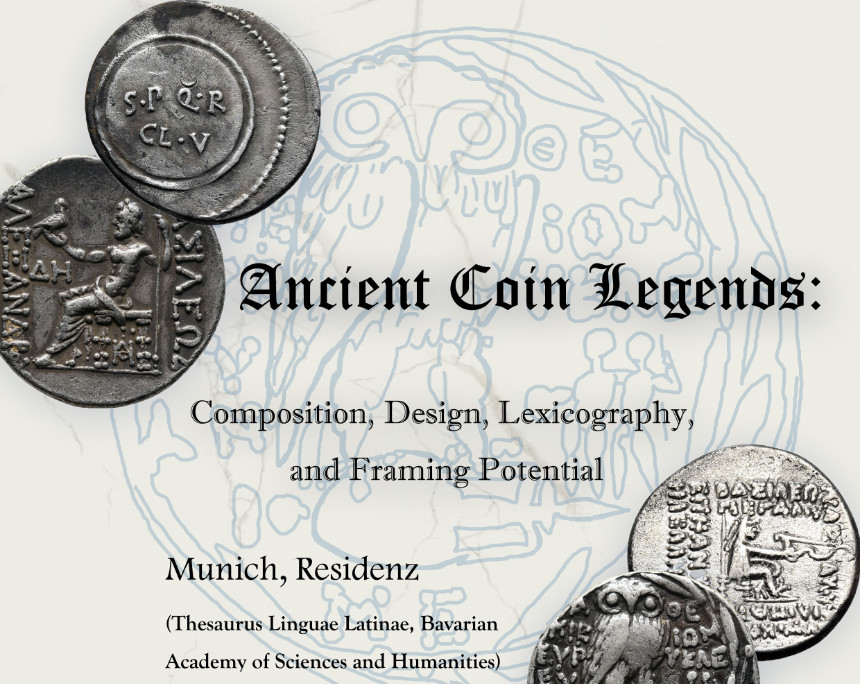Friedrich Wilhelm, the Great Elector.
Ducat 1686 LCS, Berlin.
Extremely rare.
Attractive piece.


Maximilian II.
Ducat 1855.
Only a few pieces are known.
Extremely fine-uncirculated.

Ferdinand Albrecht I.
Löser in the weight of 4 Reichstalers 1670, Clausthal.
Extremely rare.
Attractive piece.

Friedrich Adolf.
5 Ducats 1711, Detmold.
Only known piece.
Extremely fine-uncirculated.

6 Ducats, n. d. (1765-1790), with the title of Joseph II.
NGC MS 62 PL.
Extremely rare.
Attractive piece from polished dies.
Almost uncirculaed.

Johann Adolf, 1590-1616.
Portugalöser (10 ducats) n.d., Eutin.
Extremely rare and of particular
significance in monetary history.
Attractive piece.

Leopold I, 1657-1705.
20 Ducats, n. d. (after 1666), Hall,
by M. König.
Extremely rare.
Almost extremely fine.

Archive: People and Markets
How AI Is Transforming Numismatics
Can entire numismatic reference books be written by artificial intelligence? Are ChatGPT and similar technologies becoming competitors for news portals, specialist publishers, and PR agencies? What can AI truly achieve? We put it to the test.
Conference on Ancient Coin Legends in Munich 2025
The conference “Ancient coin legends: composition, design, lexicography, and framing potential” will take place from 26 to 28 June 2025 in Munich, Residenz (Bavarian Academy of Science).
Archive: Coins, Medals and more

From Taler to Mark: The Long Road to a Common Currency
As Germany gradually evolved into a nation-state in the 19th century, the many currencies that circulated in its territories were also unified step by step. Coins from the Duchy of Saxe-Coburg and Gotha in Künker’s auction 388 illustrate the long path from the taler to the mark.

SINCONA Offers Spectacular Swissmint Patterns
In its Auction 87, SINCONA AG showcases Swissmint patterns. They are truly remarkable as they are true patterns that were not produced for collectors but are natural by-products of the coin creation process.













From a Collector’s Market to an Investor’s Market: Reasons, Consequences, Opportunities, Part 1
Complaining is of no use: change is coming, or may already be here. The question is how to deal with it. In order to develop smart strategies, one must be aware of what is actually happening and why. Ursula Kampmann summarizes the most important changes in the coin world in a loose series. Today: the shift from a collector to an investor market.
Solomon Islands New Banknote released in celebration of the XVII Pacific Games
The Central Bank of the Solomon Islands released new $10 commemorative banknotes to commemorate the XVII Pacific Games that the island country will hosting for the first time this year. The new banknote is expected to be widely circulated for use throughout the Solomon Islands.